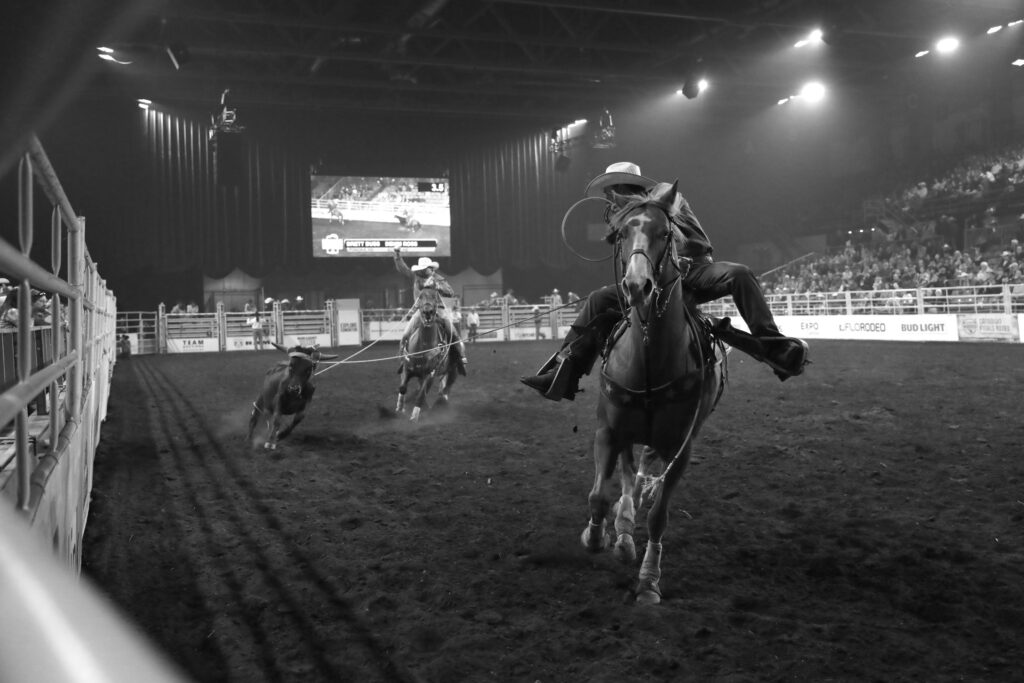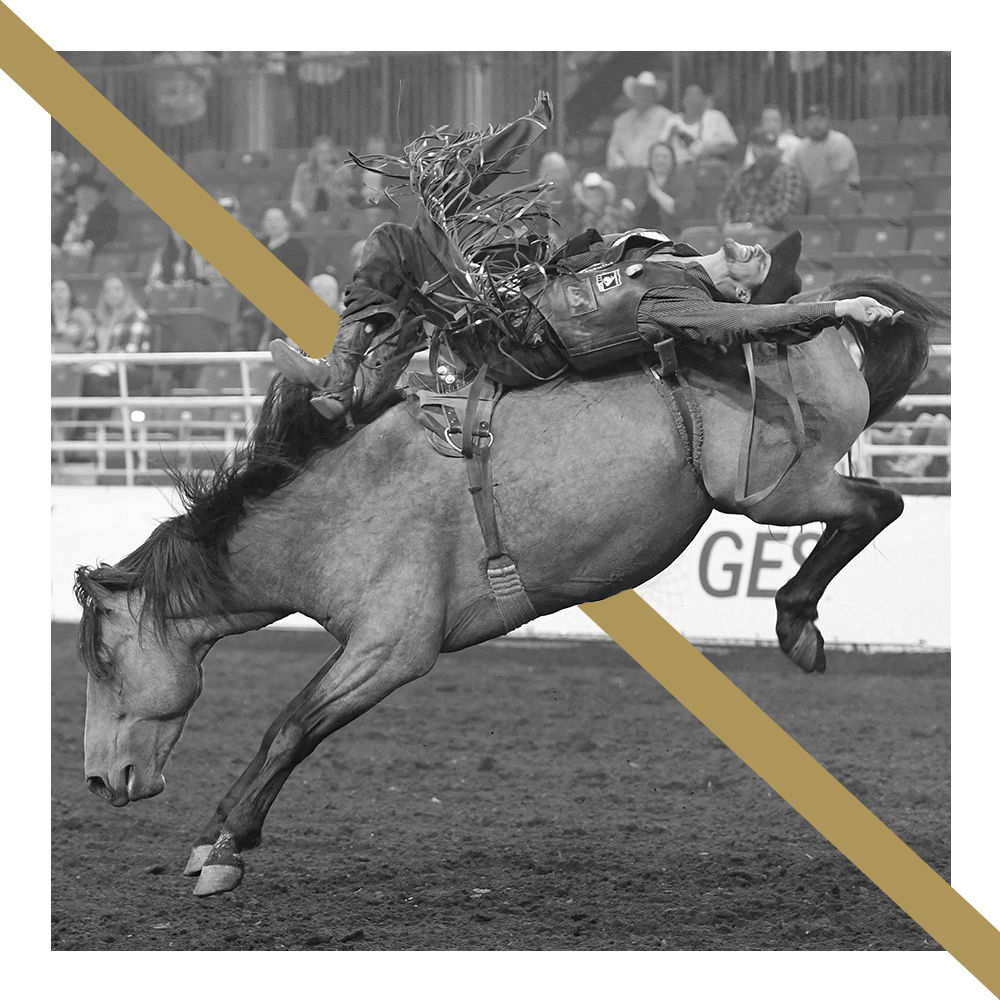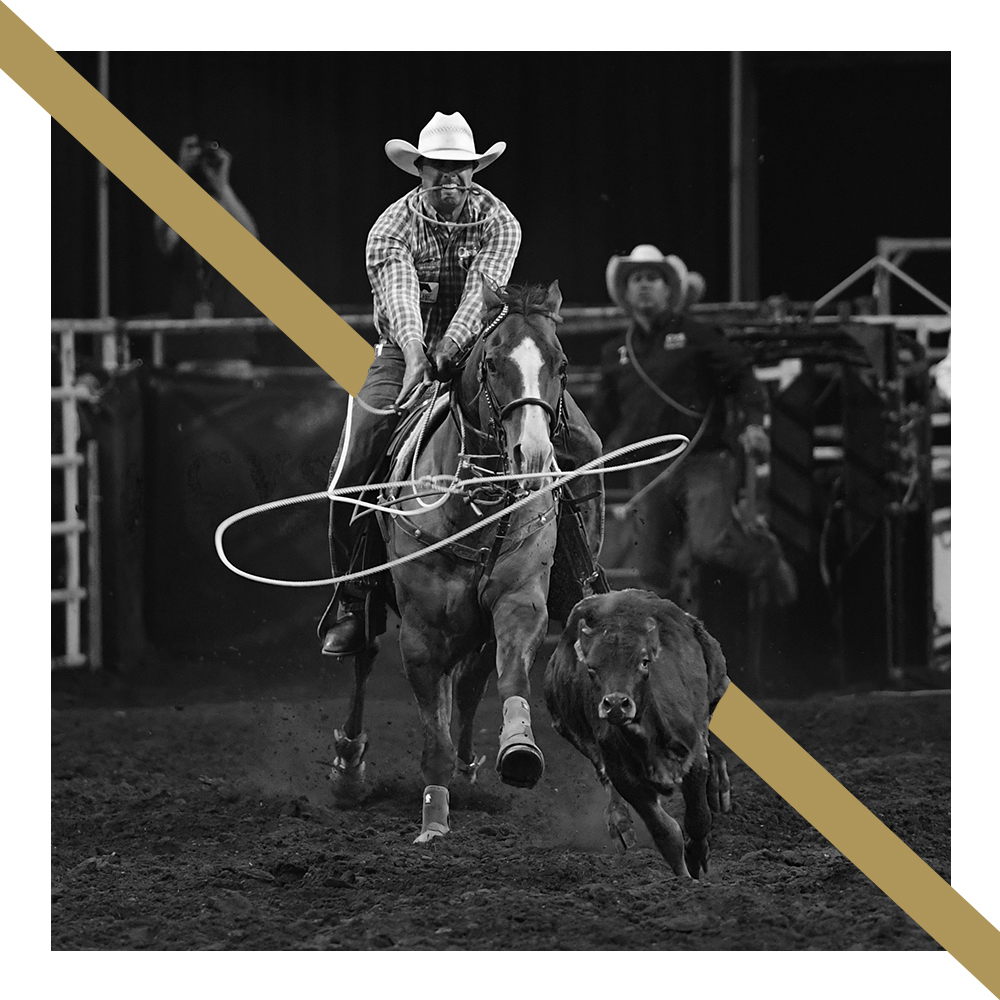

About

About Edmonton Pro Rodeo
From September 29-30, the best rodeo athletes from across North America will gather at the Edmonton EXPO Centre to compete at the last stop of the season before the Canadian Finals Rodeo. Edmonton Pro Rodeo is proudly presented by CVS Controls.
The Edmonton Pro Rodeo is a partnership between C5 Rodeo and Explore Edmonton and is sanctioned by the Canadian Professional Rodeo Association (CRPA), Professional Rodeo Cowboys Association (PRCA), and Women’s Professional Rodeo Association (WRPA). It is a qualifying stop on the official Canadian Pro rodeo schedule.
It is now also part of the SMS Pro Rodeo Tour, where contestants will compete to take home a part of the overall purse of $68,000.

About C5 Rodeo
Providing services to events at over 40 locations world-wide, C5 Rodeo Co. is recognized in the world of rodeo for their innovative approach to rodeo production and award-winning world-class stock. Home to one of the largest bucking horse supplier and breeding programs in North America, C5 Rodeo operates out of Lac La Biche, Alberta, and Helena, Montana which span just over 12,000 acres combined.
More Rodeo Information
Rodeo Events 101
From saddle bronc to barrel racing, learn about the different events at Edmonton Pro Rodeo.
Special Guests for EPR 2023
Welcoming specialty acts, Miss Rodeo Edmonton, Miss Rodeo Canada, and more who come to give us a great show this year.
Frequently Asked Questions
Get answers to the frequently asked questions about attending Edmonton Pro Rodeo.
Get Your Tickets
Seven adrenaline-pumping events. Two action-packed performances.
